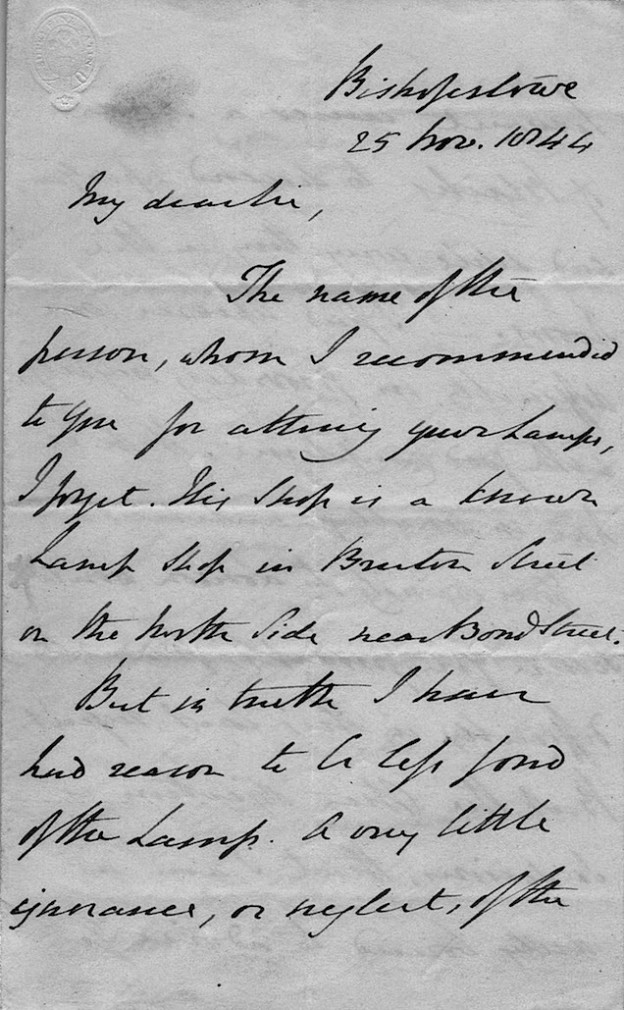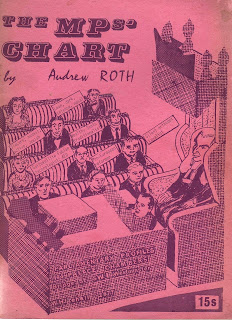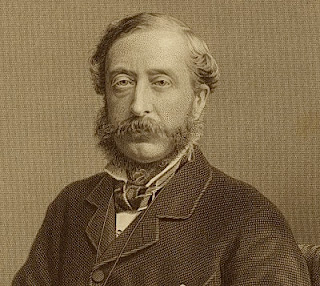If the baby-eating Bishop of Bath and Wells out of Blackadder was a grotesque fiction—the reign , centuries later, of Henry Philpotts, one of whose letters is reproduced here, is something we might associate more with tyrannous Tudor bishops than with their supposedly anodyne Victorian successors.
Philpotts (1778 - 1869 ) was Bishop of Exeter between 1830 and 1869—the longest episcopacy since the 14th century. One of 23 children of an innkeeper, he is said to have been elected a scholar of Corpus Christi College, Oxford, at just 13, and graduated five years later. In 1802 he was ordained and by 1809 had held four livings, cementing in that time a lucrative connection with the diocese of Durham, where he became a Canon. Some idea of his aggrandising nature may be gained by the fact that after his election to the bishopric of Exeter in 1830 he asked that he be allowed to retain his former living of Stanhope, Co Durham which, due to the value of church land in such coal-rich territory, was then worth the enormous sum of £4,000 p.a.—amazingly £1,000 more than his new bishopric. This happy arrangement was refused, but Philpotts was permitted to keep a residentiary canonry at Durham, which brought with it a similar sum to that which he had lost, and which he retained until his death. The distance between Durham and Exeter is around 350 miles, which raises the question as to how often he, as Bishop of Exeter, was able to satisfactorily fulfil his obligations as a residentiary canon at Durham.
Continue reading




